In our hyper-connected world, the constant ping of notifications and the expectation of immediate responses can become overwhelming. Sometimes, disconnecting from the digital realm isn’t just a luxury—it’s a necessity for mental well-being and genuine human connection.
Finding places where Wi-Fi signals fade into oblivion allows us to rediscover life’s analog pleasures and reconnect with ourselves and our surroundings. Here is a list of 20 destinations where you can escape the digital world and pretend Wi-Fi was never invented.
Green Bank, West Virginia
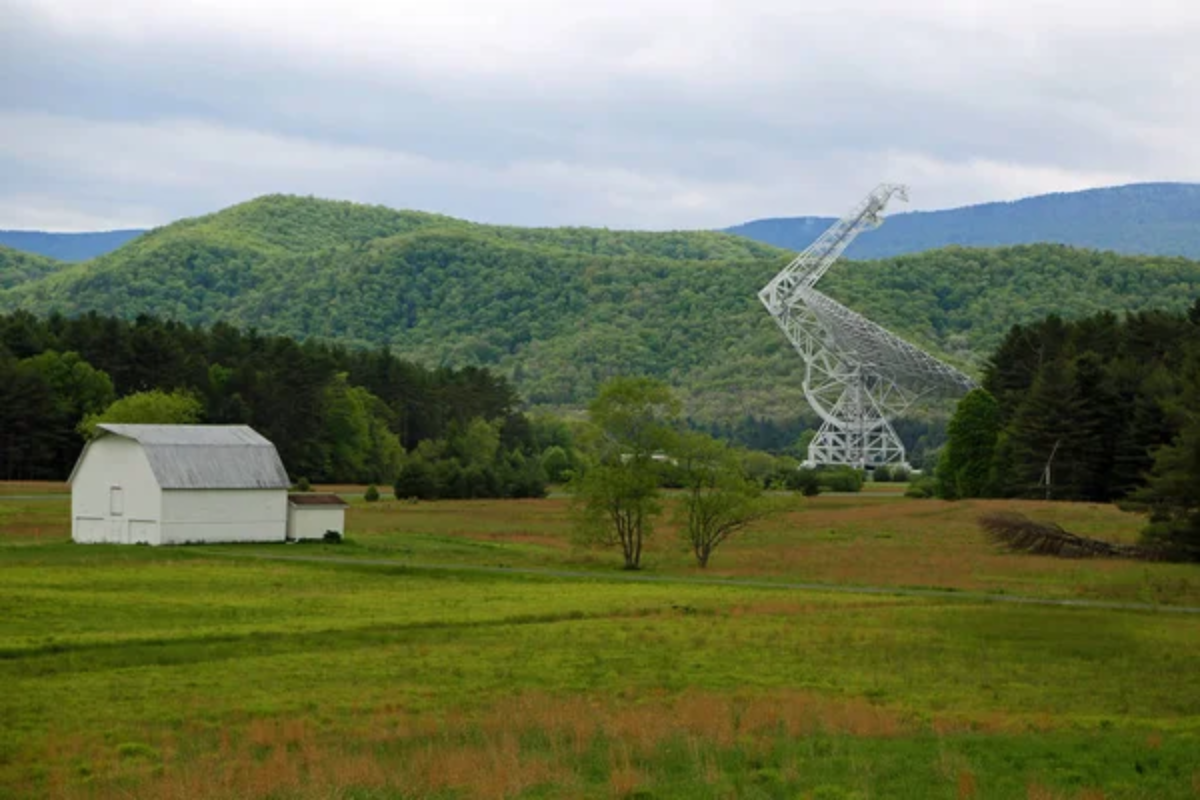
Nestled in the Appalachian Mountains, Green Bank is a town where Wi-Fi is not only unavailable but restricted by law. The town is within the National Radio Quiet Zone, which was established to protect the Green Bank Observatory from electromagnetic interference.
Residents live without wireless internet, cell service, and even microwave ovens, creating a haven for those seeking digital detox or escaping electromagnetic sensitivity.
Ittoqqortoormiit, Greenland
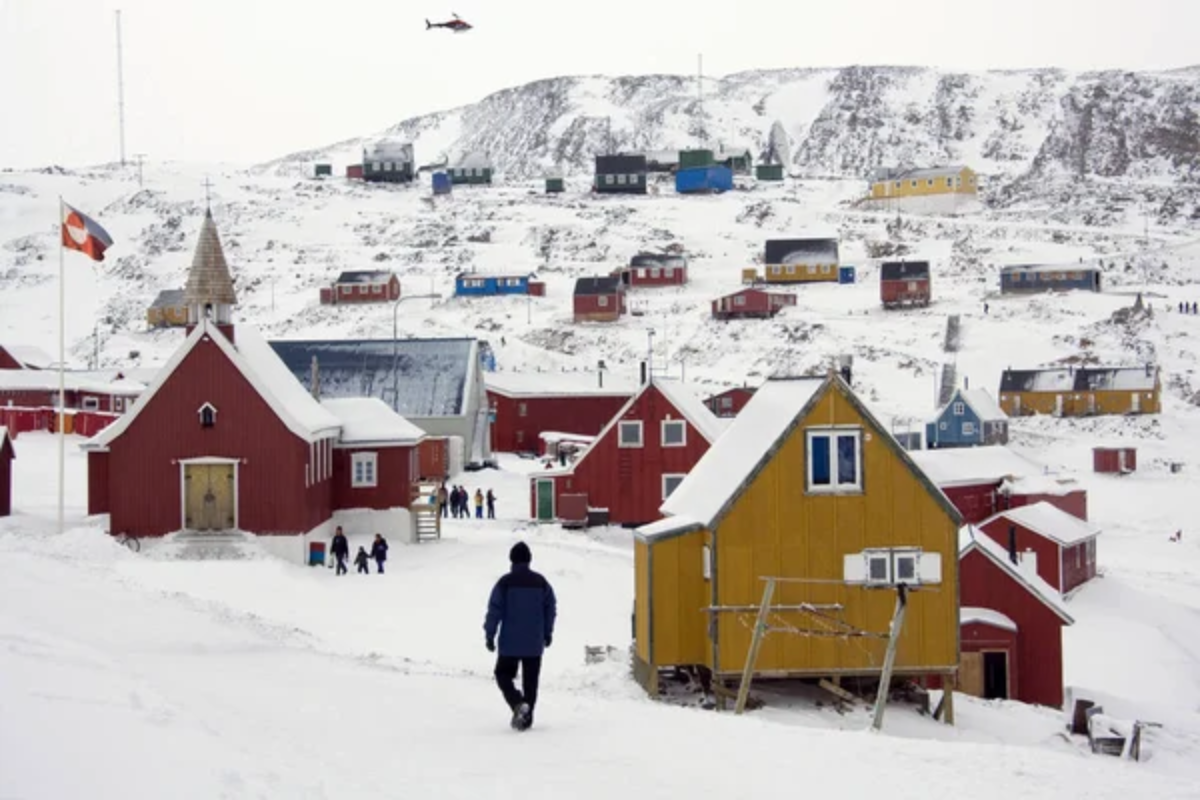
This remote settlement on Greenland’s eastern coast is one of the most isolated towns on Earth. With fewer than 500 residents and accessible only by boat and helicopter depending on the season, Ittoqqortoormiit offers a profound disconnection from modern life.
The stunning Arctic landscape, northern lights displays, and opportunities to witness polar wildlife provide natural entertainment far superior to any social media feed.
Like Travel Pug’s content? Follow us on MSN.
Amish Country, Pennsylvania

The Amish communities throughout Lancaster County live as though many modern technologies, not just Wi-Fi, were never invented. Their dedication to simple living means no electricity, automobiles, or internet connections.
Visitors can explore rolling farmlands, purchase handcrafted goods, and observe a functioning society that prioritizes community and craftsmanship over digital convenience.
Torres del Paine National Park, Chile
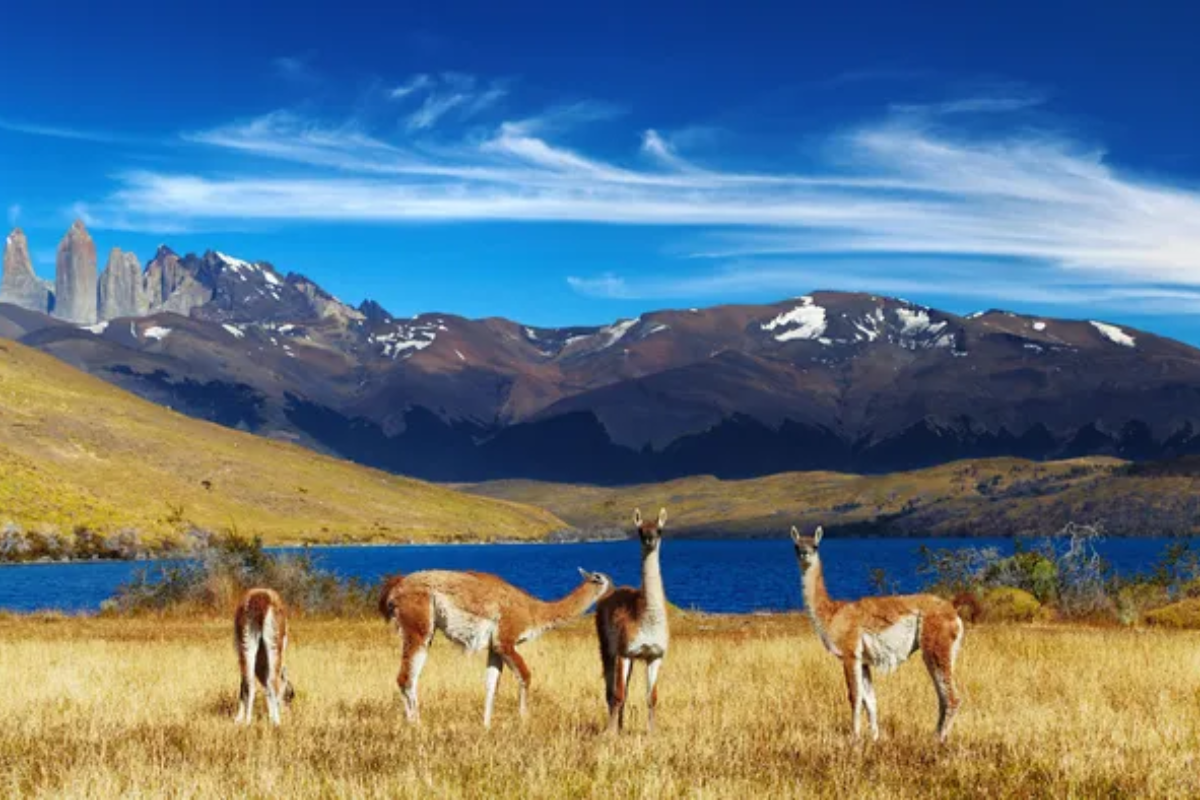
The dramatic granite peaks and azure lakes of this Patagonian wilderness create one of the world’s most spectacular hiking destinations—and one where connectivity disappears completely. The remote location ensures visitors gaze upon glaciers, track pumas, and experience the legendary Patagonian winds that have shaped this landscape for millennia, instead of engaging with screens.
Tristan da Cunha, South Atlantic

As the most remote inhabited island in the world, this British Overseas Territory is 1,500 miles from the nearest mainland. Though limited satellite internet is available for essential services, the island’s 250 residents largely live without digital distractions.
The journey here—possible only by cargo vessel from Cape Town, which takes 6–10 days—ensures only the truly committed experience this ultimate disconnection.
Like Travel Pug’s content? Follow us on MSN.
Mongolia’s Gobi Desert
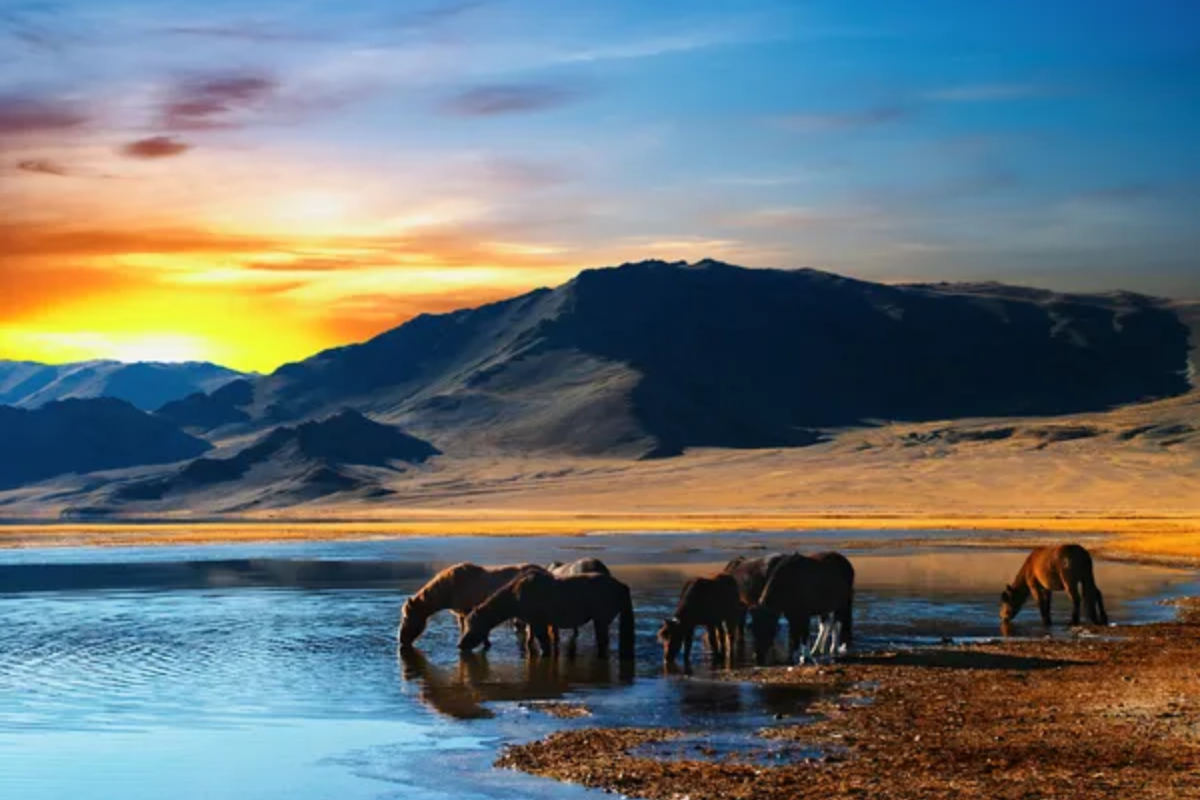
The vast emptiness of the Gobi offers endless horizons uninterrupted by cell towers or Wi-Fi signals. Staying with nomadic families in traditional gers (yurts), travelers exchange digital connectivity for human connection, learning ancient survival skills and experiencing a lifestyle that has remained largely unchanged for centuries.
The star-filled night sky becomes your entertainment rather than streaming services.
Yakutat, Alaska

This tiny Alaskan town is located between the Saint Elias Mountains and the Gulf of Alaska. It offers world-class surfing, fishing, and glacier exploration without reliable connectivity. The town’s population of just 600 maintains traditions of subsistence living, where natural rhythms—not notification alerts—dictate daily activities.
The surrounding Tongass National Forest provides nearly 17 million acres of WI-Fi-free wilderness to explore.
Knoydart Peninsula, Scotland
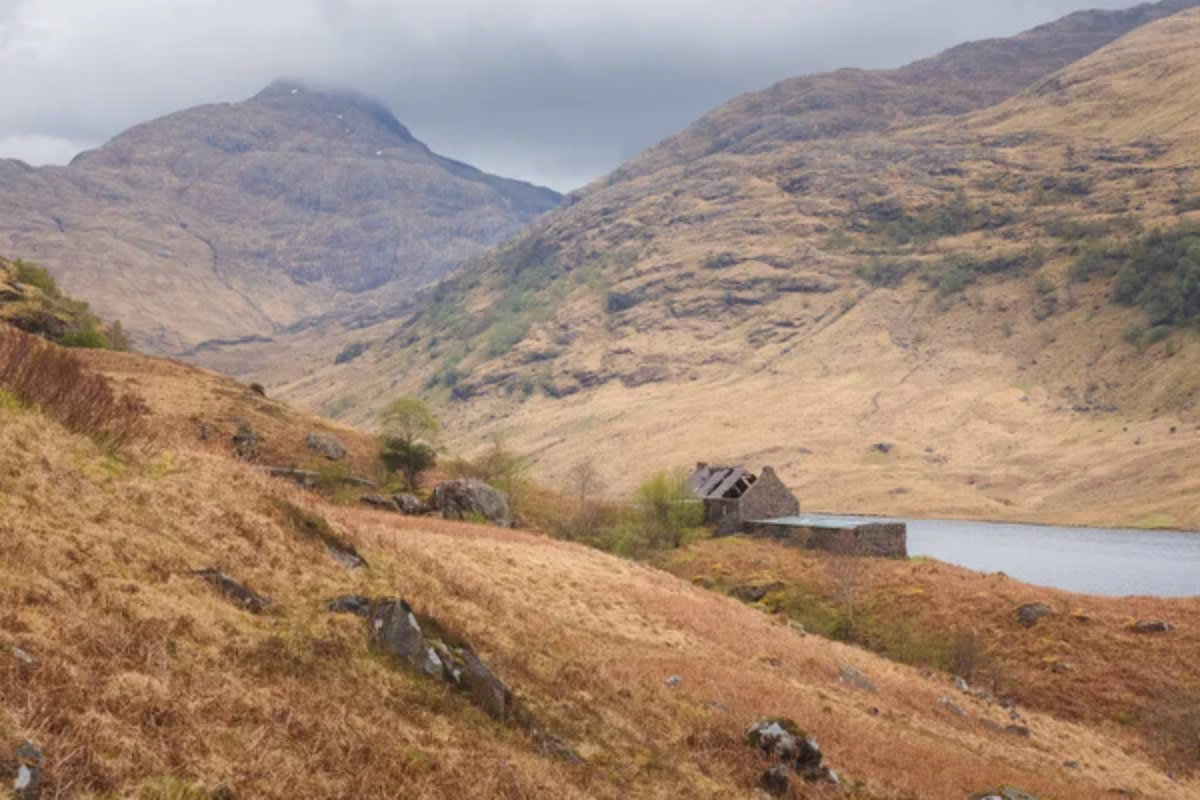
Known as Britain’s last wilderness, this rugged peninsula has no connecting roads to the mainland and remains one of the UK’s most inaccessible places. Reachable only by boat or a 16-mile hike through the mountains, Knoydart’s isolation ensures spotty-to-nonexistent connectivity.
The community-owned Old Forge Pub provides analog entertainment and conversation with locals and fellow escapees from the digital world.
Like Travel Pug’s content? Follow us on MSN.
Pitcairn Island, South Pacific

Home to descendants of the HMS Bounty mutineers, this island nation has only about 50 residents and accepts only a handful of visitors annually. Limited satellite connectivity exists for emergencies, but the island’s extreme isolation—accessible only by quarterly supply ships from New Zealand—means digital life becomes completely irrelevant.
Instead, residents focus on fishing, gardening, and maintaining their unique culture and language.
Maple Canyon, Utah

This hidden gem in central Utah offers world-class rock climbing on unique conglomerate rock formations without the buzz of digital distractions. The canyon’s geography naturally blocks cell signals, making it perfect for those wanting to disconnect while engaging in physical challenges.
The nearby town of Ephraim provides necessities but maintains a slow pace that encourages visitors to stay unplugged.
Mawsynram, India

The wettest place on Earth doesn’t provide ideal conditions for electronics or connectivity. This village in northeastern India receives approximately 470 inches of annual rainfall, creating a perpetually damp environment where digital devices struggle to function.
The constant precipitation has shaped the landscape and a way of life adapted to nature’s extremes rather than technological conveniences.
Like Travel Pug’s content? Follow us on MSN.
Svalbard Global Seed Vault, Norway

The remote Arctic archipelago of Svalbard hosts the famous Global Seed Vault and otherworldly landscapes. Though some connectivity exists in the main settlement of Longyearbyen, venturing beyond town limits means entering a polar wilderness where polar bears outnumber Wi-Fi signals.
The midnight sun in summer and the polar night in winter create natural phenomena that are more captivating than any online content.
Cook Islands, South Pacific
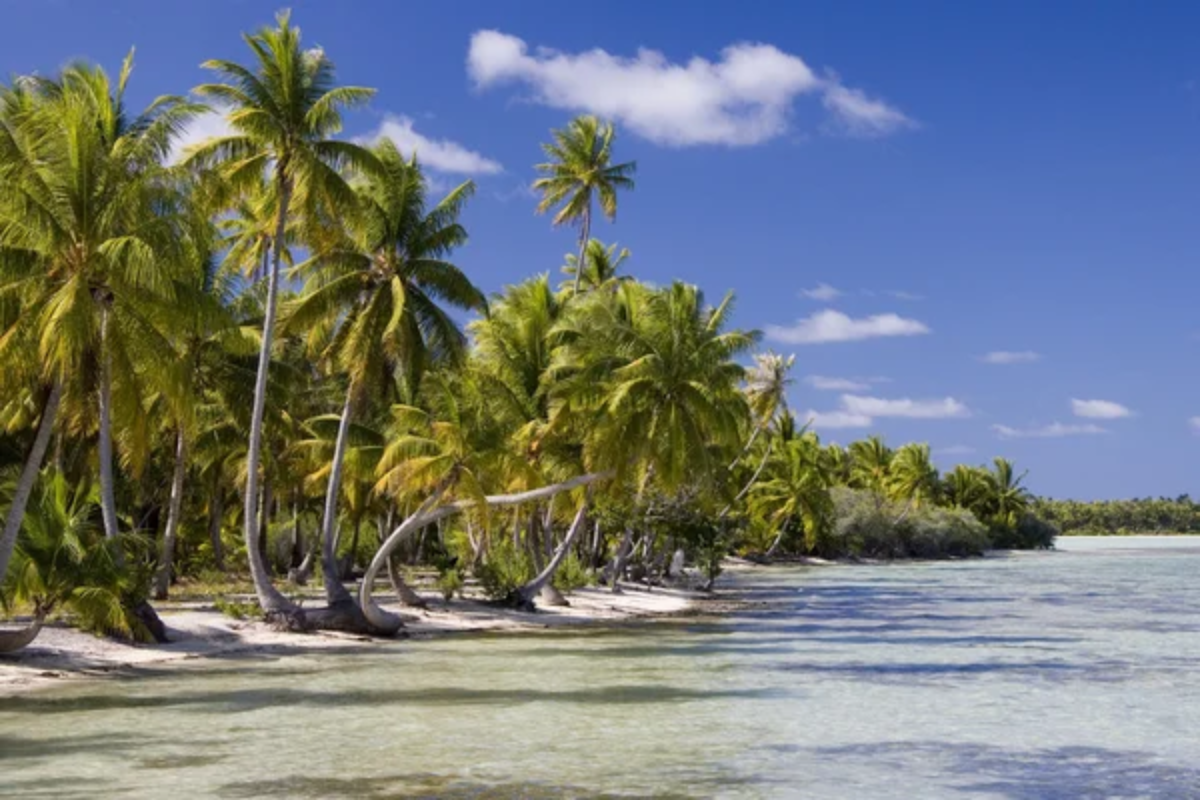
These 15 scattered islands between New Zealand and Hawaii offer countless beaches and lagoons where digital connections fade away. Though the main island has some connectivity, the outer islands like Aitutaki and Atiu provide the perfect backdrop for a technology-free existence.
Local dancing, fishing, and storytelling traditions replace the need for digital entertainment.
Gearrannan Blackhouse Village, Scotland
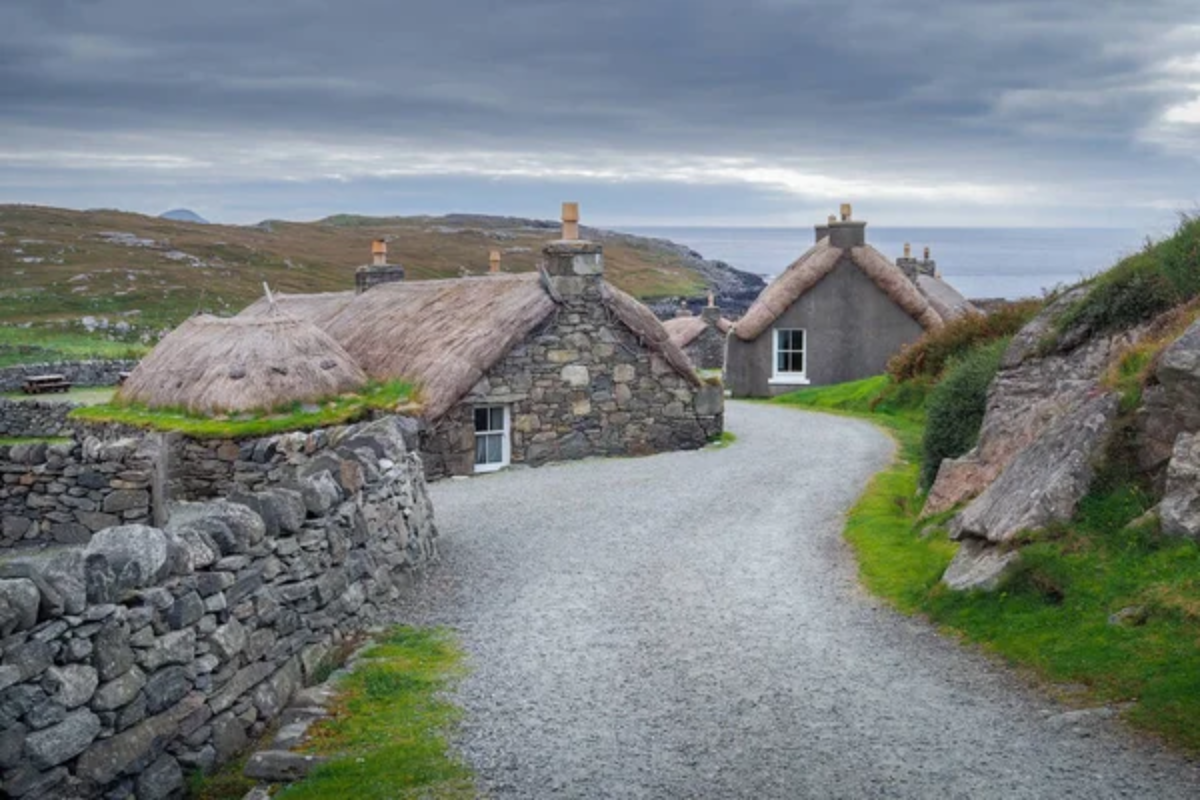
On the Isle of Lewis in Scotland’s Outer Hebrides, this restored village of traditional blackhouses offers visitors a chance to experience life as it was in the 1950s. The thick stone walls naturally block signals, and the remote coastal location ensures spotty service at best.
Activities focus on traditional crafts like weaving Harris Tweed or peat cutting—skills that have sustained islanders for generations.
Like Travel Pug’s content? Follow us on MSN.
The Daintree Rainforest, Australia
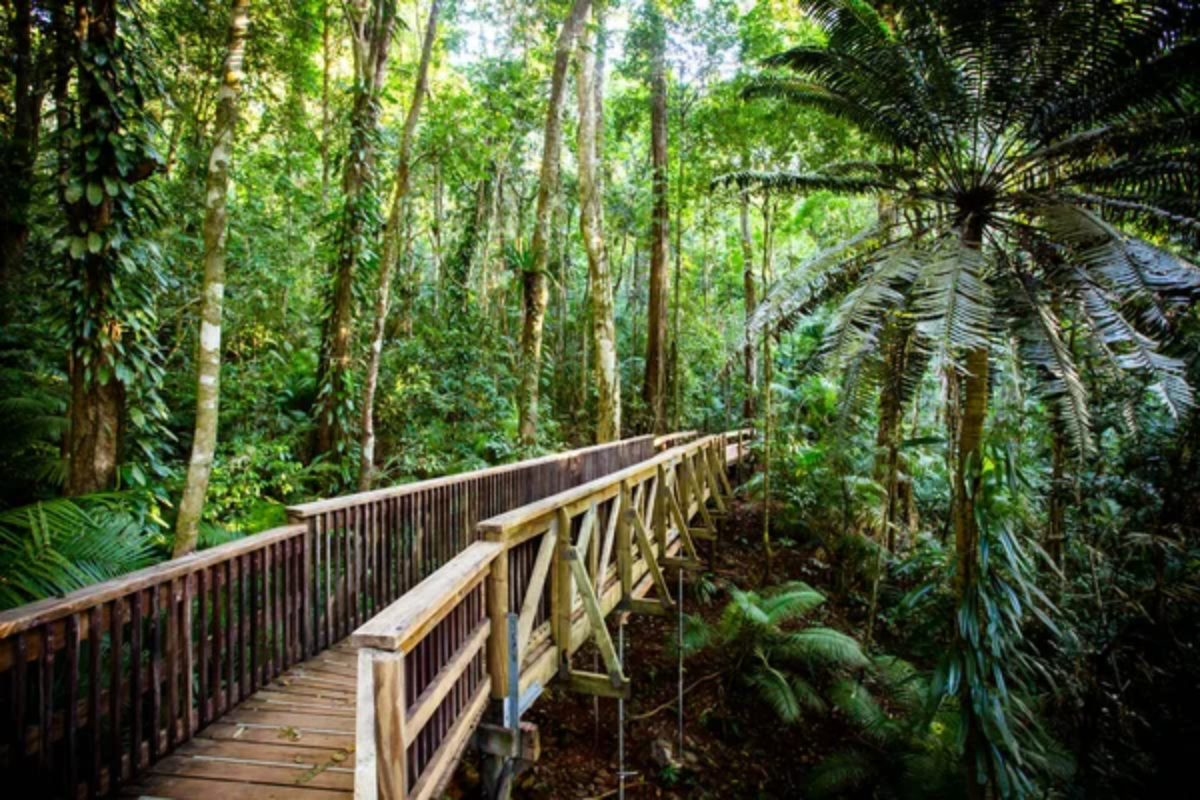
The Daintree in Queensland is the world’s oldest tropical rainforest, predating the internet by about 180 million years. Its dense canopy and remote location naturally block signals throughout the forest.
Visitors trade digital connections for encounters with ancient plant species, cassowaries, and crocodiles in an ecosystem largely unchanged since prehistoric times.
Boundary Waters Canoe Area, Minnesota
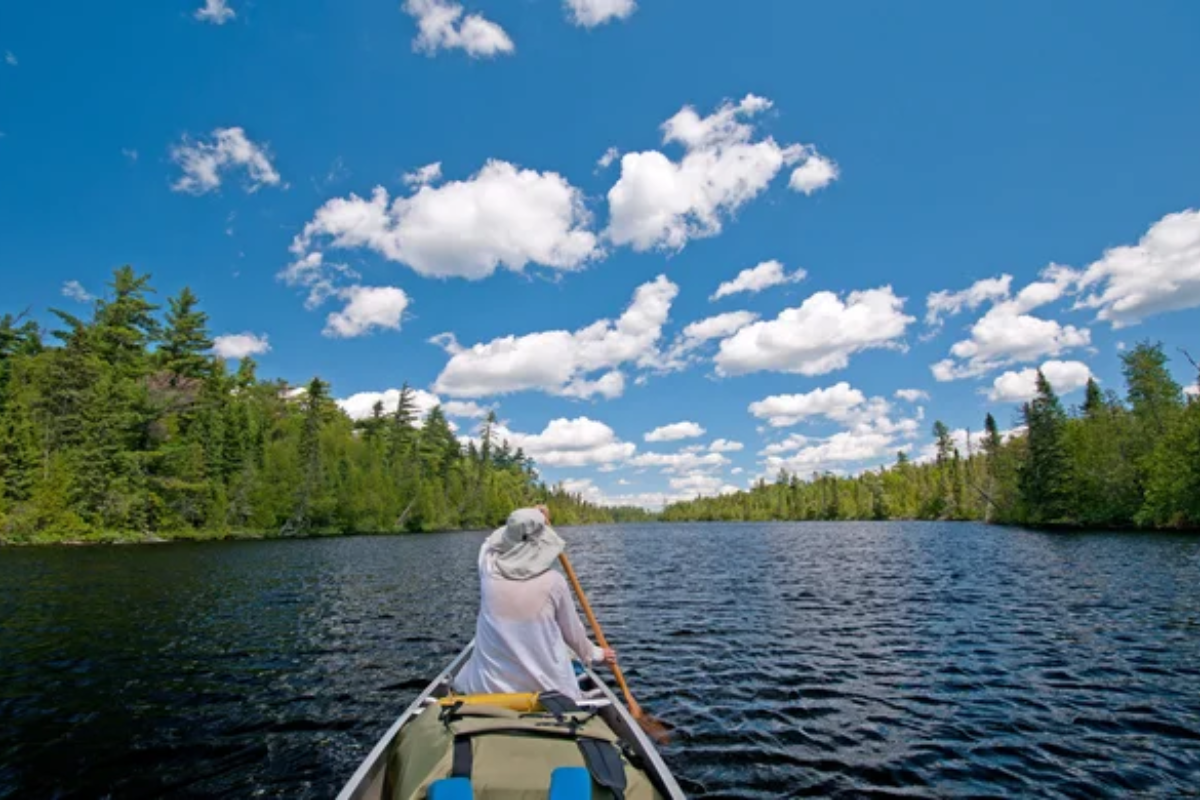
This million-acre wilderness of interconnected lakes and forests along the Canadian border provides paddlers a genuine escape from connectivity. Electronic devices are often left behind due to portaging requirements and lack of charging options.
Days are spent navigating waterways, evenings around campfires replace streaming entertainment, and weather patterns matter more than data plans.
North Sentinel Island, India
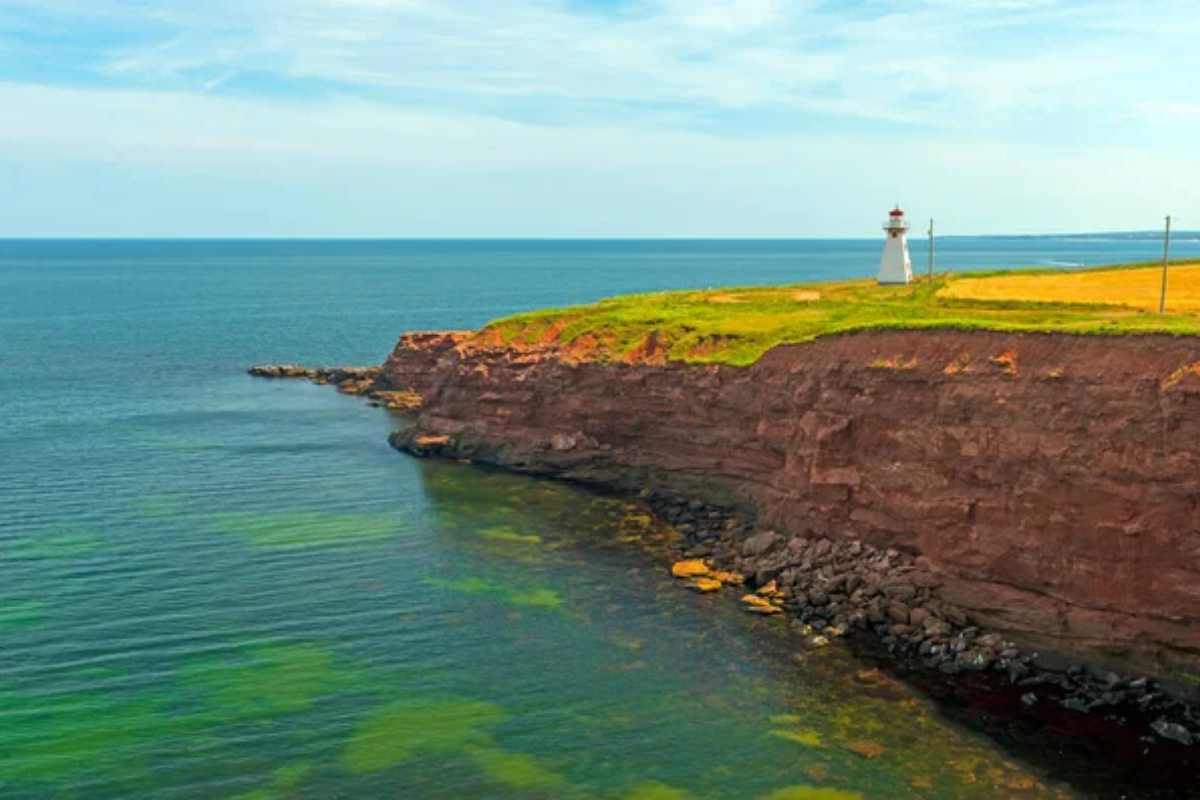
Perhaps the most disconnected place on Earth, this island in the Bay of Bengal is home to one of the last uncontacted tribes. The Sentinelese people have rejected contact with the outside world, and the Indian government prohibits visitors to protect both the tribe and their wish for isolation.
This represents the ultimate disconnect—a society that continues as if the modern world, including all its technology, simply doesn’t exist.
Like Travel Pug’s content? Follow us on MSN.
Barsey Rhododendron Sanctuary, India
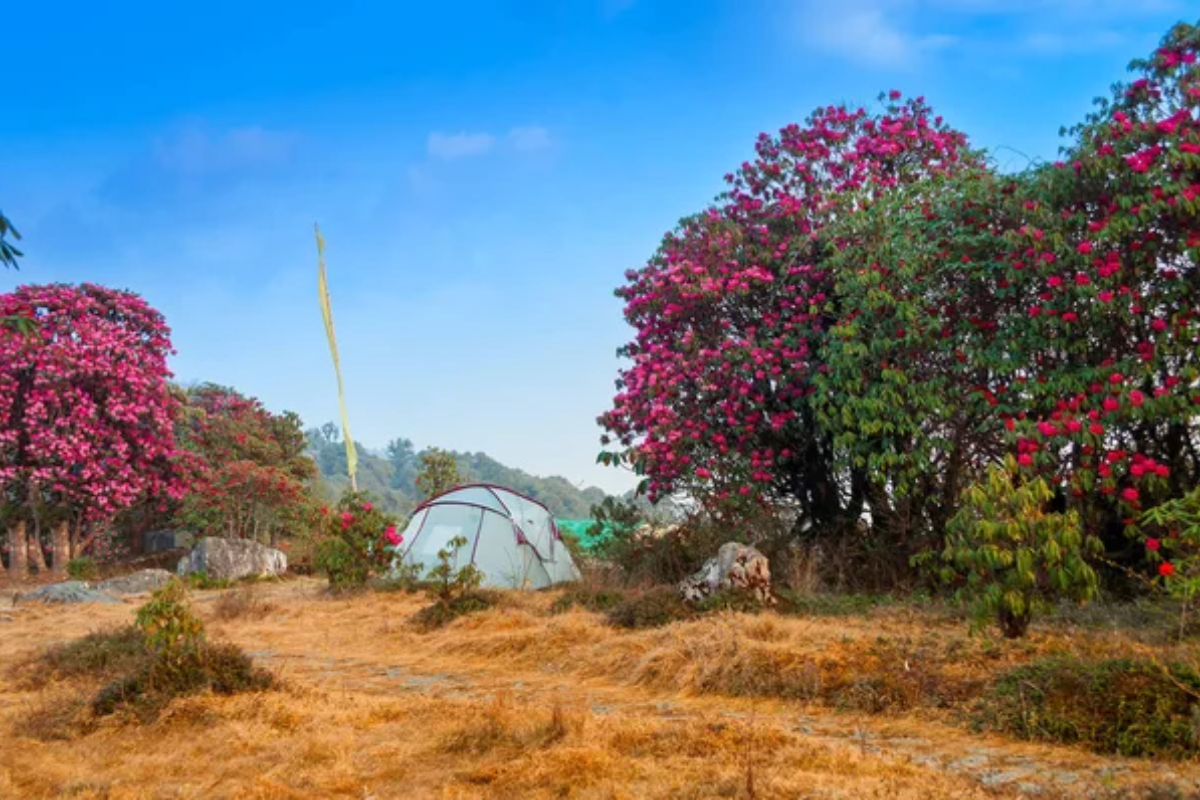
This Himalayan sanctuary in Sikkim becomes a riot of color when rhododendrons bloom but remains free from digital distractions year-round. The sanctuary’s remote location and mountainous terrain create natural barriers to connectivity.
Visitors focus on spotting rare wildlife like red pandas and clouded leopards rather than rare Pokémon, while Buddhist monasteries in the region offer meditation retreats specifically designed for digital detoxing.
Hornstrandir Nature Reserve, Iceland
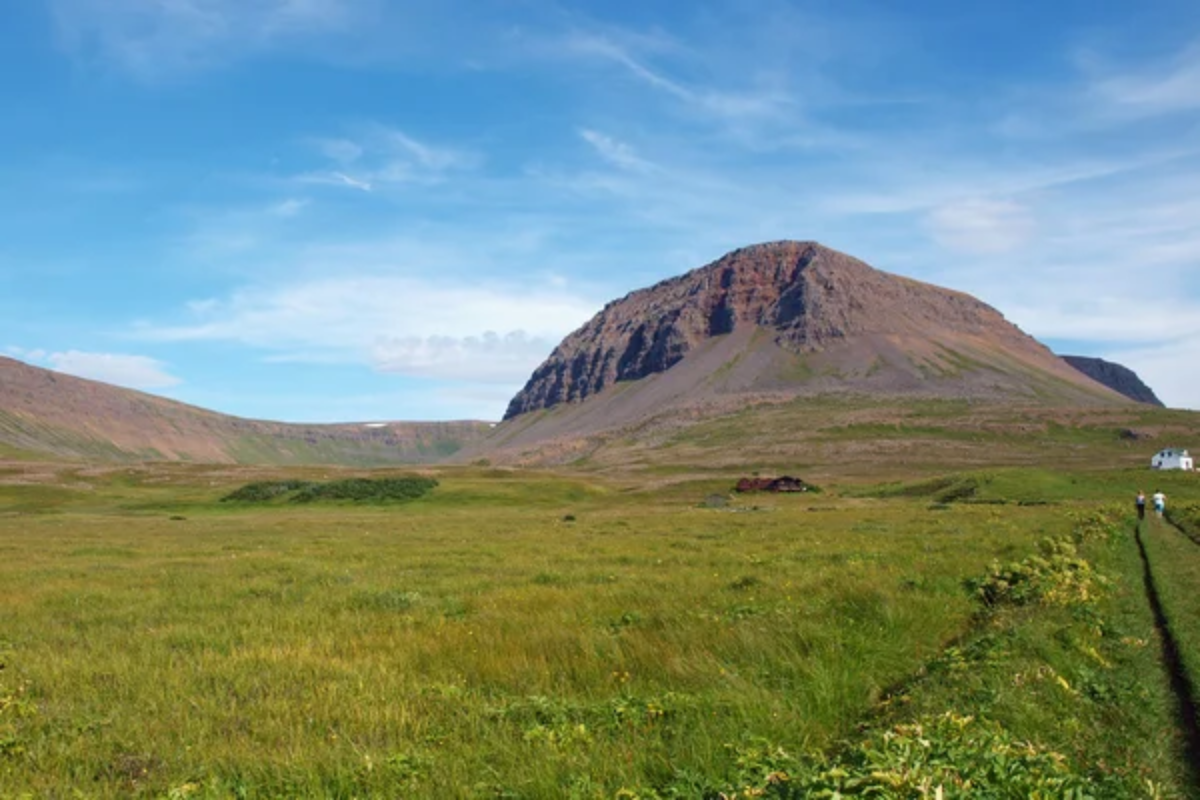
The northernmost peninsula of Iceland has been uninhabited since the 1950s and lacks any infrastructure—including digital connectivity. Accessible only by boat during the summer, this wilderness area requires visitors to be self-sufficient.
Arctic foxes, thousands of seabirds, and dramatic landscapes of fjords and cliffs provide natural wonders that make digital entertainment seem pale by comparison.
Supai Village, Arizona

Located at the bottom of the Grand Canyon and accessible only by helicopter, mule, or an 8-mile hike, this home of the Havasupai Tribe remains one of the most isolated communities in the continental United States. Mail still arrives by mule train, and while limited connectivity exists, the stunning turquoise waterfalls and red canyon walls make digital distractions seem trivial and unnecessary.
Like Travel Pug’s content? Follow us on MSN.
Beyond the Signal
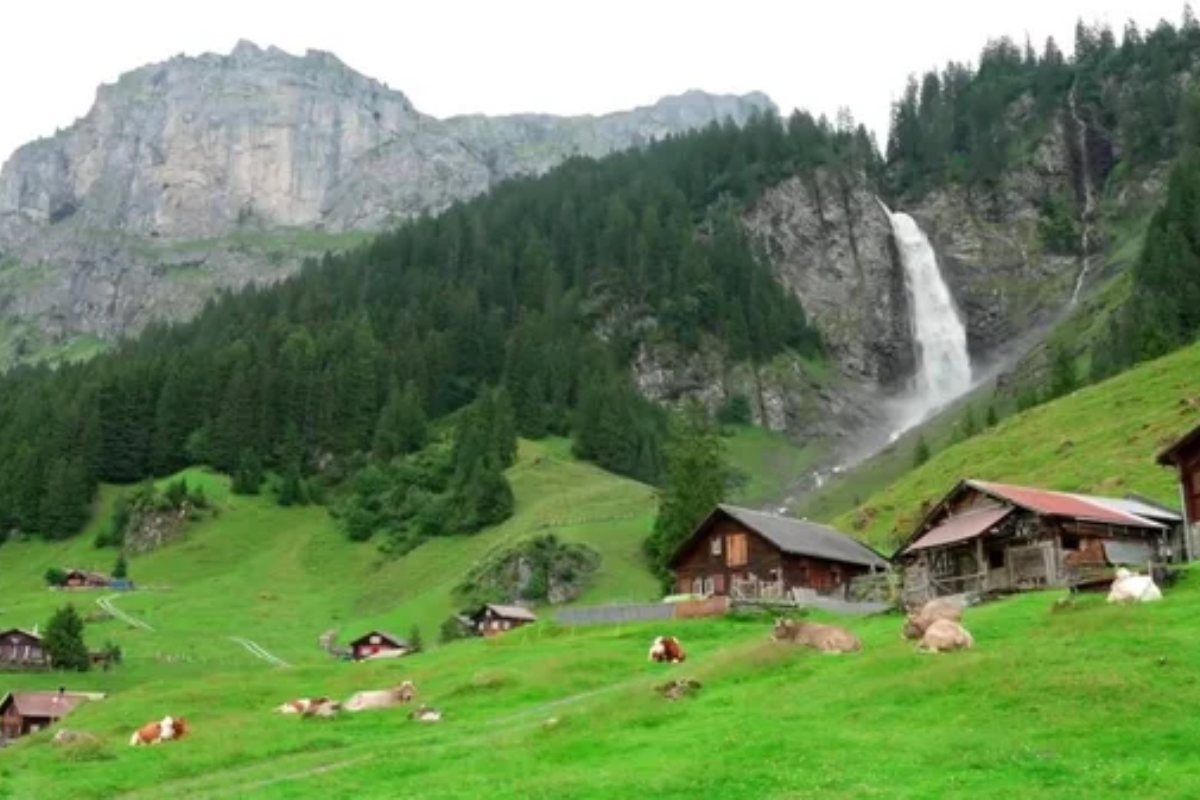
The places where Wi-Fi signals cannot reach offer something increasingly rare in our modern world—space for uninterrupted thought, genuine human connection, and immersion in the natural world. These destinations remind us that humanity thrived for millennia without digital connectivity, and occasionally returning to that state can rejuvenate our spirits.
In stepping away from our devices, we often rediscover parts of ourselves and ways of experiencing the world that constant connectivity has gradually eroded.
More from Travel Pug

- Cities Growing so Fast You Won’t Recognize Them in 10 Years
- 13 Destinations Where Tourists Regularly Regret Their Trip
- 20 Obscure WWII Sites Even History Buffs Don’t Know About
- 10 Under-the-Radar Mountain Towns That Are Both Affordable and Beautiful
- Remote Villages in Europe Where You Can Live for Free in Exchange for Work
Like Travel Pug’s content? Follow us on MSN.
